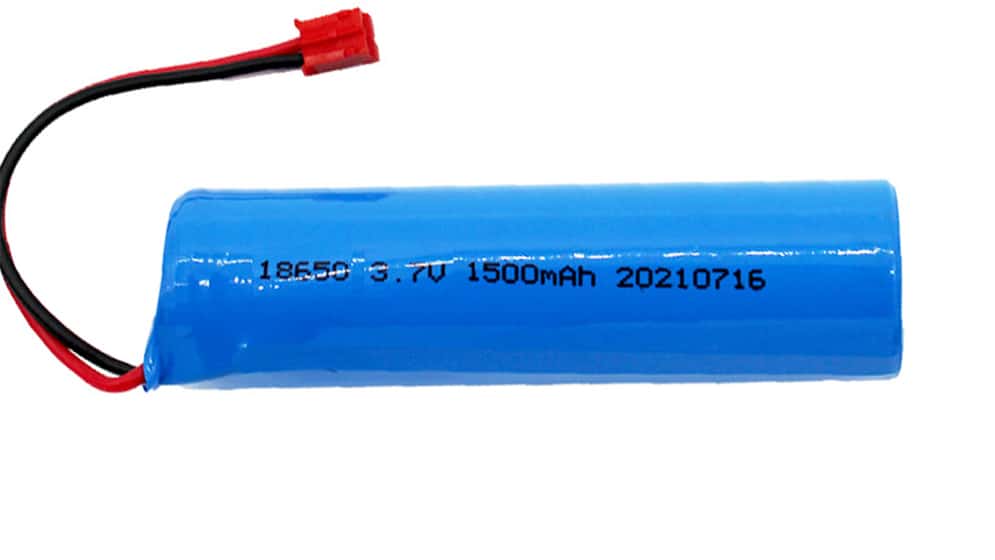- Curved Lithium Polymer battery
- Fast Charge Polymer Battery
- Flexible Polymer Lithium Battery
- Ultra-thin Polymer Battery
/ Blog / Battery Knowledge /
18650 Won’t Charge
18 Dec, 2021
By hoppt

The 18650-lithium battery type is one of the commonly used lithium batteries in various electronic products. The cell type is widely used as a cell in the notebook computer battery pack. However, we sometimes get that the 18650-lithium-ion battery can't charge when using it. Let’s look at why the 18650 battery cannot charge and how to fix it.
What are the reasons why the 18650 battery cannot be charged
If your 18650 battery won’t charge, several reasons could be causing it. First, it might be that the electrode contacts of the 18650 battery are dirty, causing too large contact resistance and too significant voltage drop. This causes the host to think that it has full charge hence stops charging.
The other possible reason for not charging is the failure of the internal charging circuit. This means that the battery can be charged typically. The internal circuit of the battery can also become inactive due to the battery being discharged below 2.5 voltage.
How do you fix a 18650 battery that won't charge?
When the lithium 18650 battery deeply discharges, the voltage usually goes below 2.5 volts. Most of these batteries are impossible to revive when the voltage is below 2.5 volts. In this case, the protection circuit shuts off the internal operation, and the battery goes into sleep mode. In this state, the battery is useless and cannot be revived even by chargers.
At this stage, you are required to give sufficient charge to every cell that can boost the low voltage to raise it above 2.5 volts. After this occurs, the protection circuit will resume its function and increase the voltage with regular charging. This is how you can fix a 18650 lithium battery that is almost dead.
If the battery voltage is zero or almost zero, this is an indication that the internal membrane of the thermal protection has tripped, coming into contact with the surface of the battery. This causes activation of the overheating trip and mainly occurs due to an increase of internal pressure in the battery.
You will fix it by returning the membrane, and the battery will come to life and start accepting the charge. Once the terminal voltage increases, the battery will take charge, and you can now put it in a conventional charge and wait for it to charge fully.
Today, you can find chargers that have the feature of reviving an almost dead battery. Using these chargers can effectively boost a low voltage 18650 lithium battery and trigger an internal charging circuit that has gone asleep. This boosts property functions by automatically applying a small charging current to the protection circuit. The charger resumes the basic charging cycle once the cell voltage reaches the threshold value. You can also inspect the charger and charging cable for any issue.
Bottom Line
There you have it. We hope now you understand why your 18650-battery won’t charge and how to fix them. While there are 18650-battery several reasons why the 18650-lithium battery won’t charge, the bottom line is they don’t last permanently even in the right conditions. With each charge and discharge, their charging ability reduces due to the build-up of internal chemicals. Therefore, if your battery has reached the end of its life, the only option will be replacing the battery unit.



